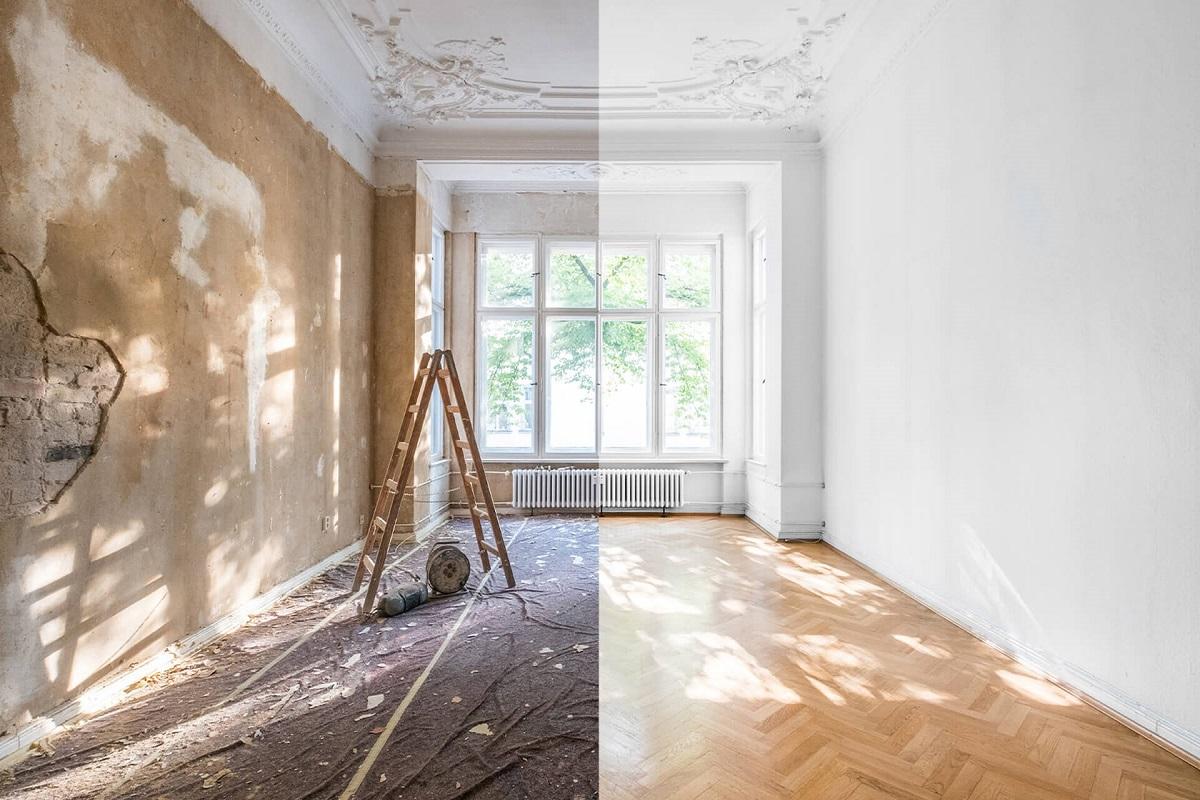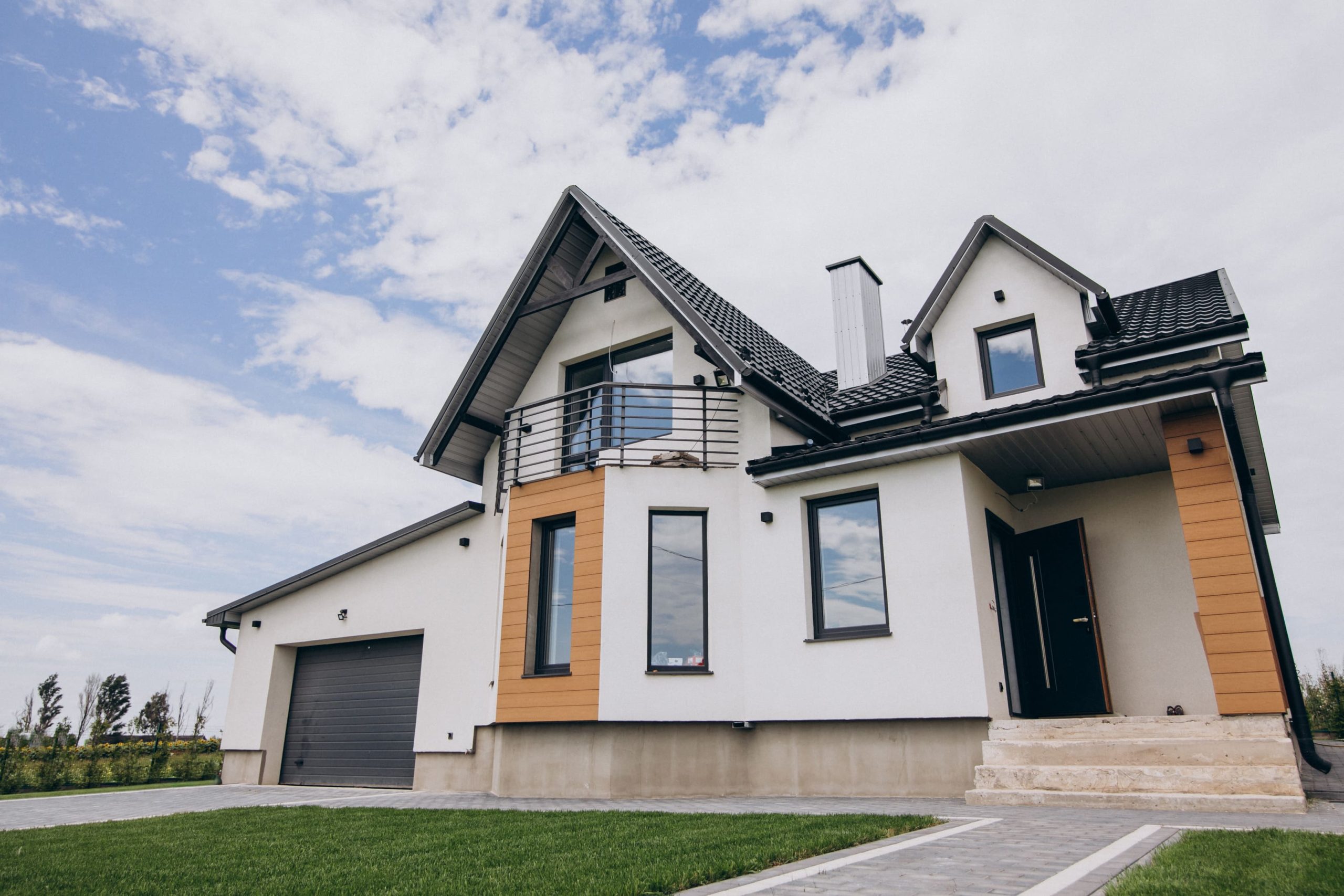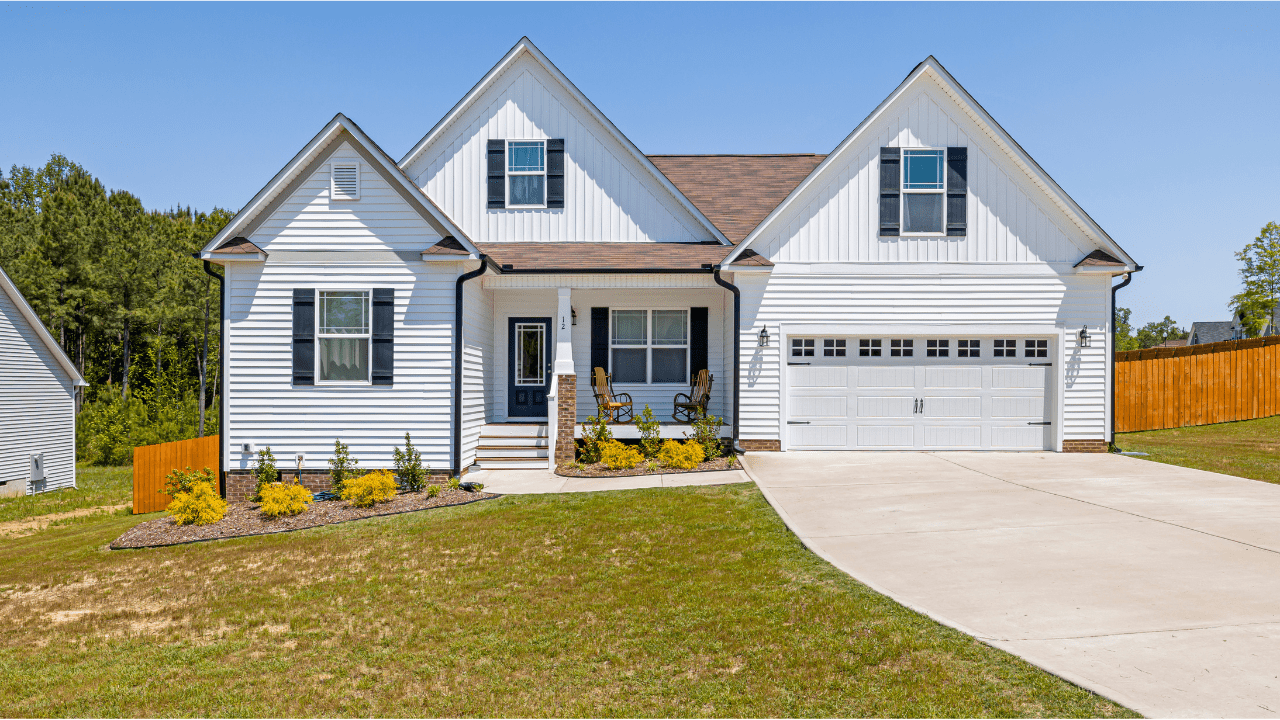When you own a property, refurbishing it to enhance its appeal and functionality becomes essential over time. Interior design plays a crucial role in transforming a house into a warm and welcoming home. Whether you have recently purchased a new property or want to revamp your existing one, this article will guide you through valuable interior design tips to make the most out of your space.
- Understanding Property Refurbishment
Property refurbishment refers to the process of renovating or updating a property to improve its overall condition, aesthetics, and functionality. It involves making changes to both the interior and exterior aspects of the property to align it with your preferences and needs.
- Assessing Your Space and Needs
- Identifying Goals and Objectives
Before diving into the refurbishment project, it’s crucial to define your goals and objectives. Determine what aspects of your property you want to enhance or modify. Whether it’s creating more space, improving energy efficiency, or incorporating a specific style, clarity about your goals will streamline the process. - Budgeting and Prioritizing
Establishing a budget is an essential step to avoid overspending. Outline a detailed budget plan and allocate funds to different aspects of the refurbishment. Prioritize essential areas such as structural repairs and functional upgrades before focusing on aesthetics.
- Emphasizing Functionality and Flow
- Optimizing Layouts
An effective layout can significantly impact the flow and functionality of your space. Consider open floor plans to create a seamless transition between different areas of the house. Optimize the arrangement of furniture to maximize both space and comfort. - Utilizing Multifunctional Furniture
Multifunctional furniture is a fantastic solution for smaller spaces. Invest in pieces that serve multiple purposes, such as storage beds, foldable tables, and sleeper sofas. These additions will help you make the most out of limited space without compromising on style.
- Enhancing Aesthetics
- Color Schemes and Themes
Selecting appropriate color schemes and themes can breathe new life into your property. Consider the atmosphere you want to create in each room. Lighter colors can make spaces appear more spacious, while bold colors add character and personality. - Lighting and Ambiance
Proper lighting is essential for setting the right mood and ambiance. Utilize a combination of ambient, task, and accent lighting to illuminate different areas effectively. Incorporate natural light wherever possible to create a bright and inviting atmosphere.
- Incorporating Sustainable Design
- Eco-friendly Materials
Incorporating eco-friendly materials in your refurbishment not only benefits the environment but also enhances the overall indoor air quality. Opt for sustainable materials like reclaimed wood, bamboo flooring, and VOC-free paints. - Energy-efficient Fixtures
Upgrading to energy-efficient fixtures and appliances can significantly reduce utility costs and minimize your carbon footprint. Install LED lighting, smart thermostats, and energy-efficient windows to enhance the energy efficiency of your home.
- Attention to Detail: Accessories and Décor
- Art and Wall Decorations
Use art and wall decorations to add personality and character to your space. Choose artwork and decor pieces that resonate with your style and complement the overall theme of the room. - Rugs and Textiles
Soft furnishings like rugs, curtains, and throw pillows can add texture and warmth to your interiors. opt for high-quality textiles that are both comfortable and visually appealing.
- Revamping the Kitchen and Bathrooms
- Modernizing Appliances and Fixtures
The kitchen and bathrooms are essential areas of any home. Consider modernizing these spaces with updated appliances and fixtures to improve functionality and aesthetics. - Upgrading Countertops and Cabinets
Refurbish your kitchen by upgrading countertops and cabinets. Choose durable materials and stylish designs that align with your overall interior theme.
- Embracing Technology in Interior Design
- Smart Home Integration
Integrate smart home technology into your refurbished space. Smart lighting, automated blinds, and voice-controlled systems can elevate your home’s convenience and efficiency. - Home Automation
Automate various tasks in your home, such as thermostat control, security systems, and entertainment devices. Home automation provides comfort and ease of use.
- Maximizing Storage Solutions
- Custom Built-ins
Custom-built storage solutions can effectively utilize every inch of your space. Create built-in shelves, cabinets, and closets to keep your belongings organized. - Clever Organizational Systems
Invest in clever organizational systems, such as wall-mounted racks, drawer dividers, and storage ottomans. These solutions will help you maintain a clutter-free environment.
- Nurturing Indoor Greenery
- Benefits of Indoor Plants
Indoor plants not only enhance aesthetics but also contribute to improved air quality and well-being. Choose low-maintenance plants that thrive indoors. - Choosing Low-Maintenance Plants
If you’re new to gardening, opt for low-maintenance plants that require minimal care and attention. Spider plants, peace lilies, and pathos are excellent choices.
- Personalizing Your Space
- Reflecting on Your Style and Personality
Your refurbished space should reflect your unique style and personality. Personalize the interiors with decor, photos, and memorabilia that hold sentimental value. - Adding Personal Touches
Add personal touches to different rooms, such as cozy blankets, scented candles, and family portraits. These small details create a homely and welcoming atmosphere.
- Enhancing Curb Appeal
- Landscaping and Outdoor Spaces
Don’t overlook the importance of curb appeal. Invest in landscaping to create an inviting exterior. Maintain your garden and outdoor spaces for a fresh and welcoming look. - Welcoming Entrance Design
Make the entrance of your property welcoming and warm. Use a doormat, potted plants, and good lighting to create an inviting first impression.
- Addressing Common Challenges in Refurbishment
- Dealing with Limited Space
Small spaces require creative solutions. Utilize space-saving furniture and design elements to maximize the use of available rooms. - Working with Existing Structures
When refurbishing older properties, work with existing structures to preserve their charm. Restore and renovate original features to maintain the property’s character.
Conclusion
Refurbishing your property offers a wonderful opportunity to transform it into a personalized and functional space that suits your lifestyle. By incorporating the right interior design tips, you can create a harmonious environment that brings joy and comfort to your daily life.
FAQs
- Is it necessary to hire an interior designer for property refurbishment?
While hiring an interior designer can be beneficial, you can refurbish your property effectively with careful planning and research. - How can I refurbish my property on a tight budget?
Prioritize essential upgrades, consider DIY options, and explore cost-effective materials to refurbish your property on a budget. - What are some sustainable flooring options for refurbishment?
Sustainable flooring options include bamboo, cork, reclaimed wood, and recycled tiles. - Can I mix different interior design styles in my refurbished space?
Yes, mixing design styles can create a unique and eclectic look, but it’s essential to maintain a sense of cohesion throughout the space. - How do I create a relaxing bedroom ambiance during refurbishment?
Choose calming colors, invest in comfortable bedding, and minimize clutter to create a serene bedroom ambiance during refurbishment.




